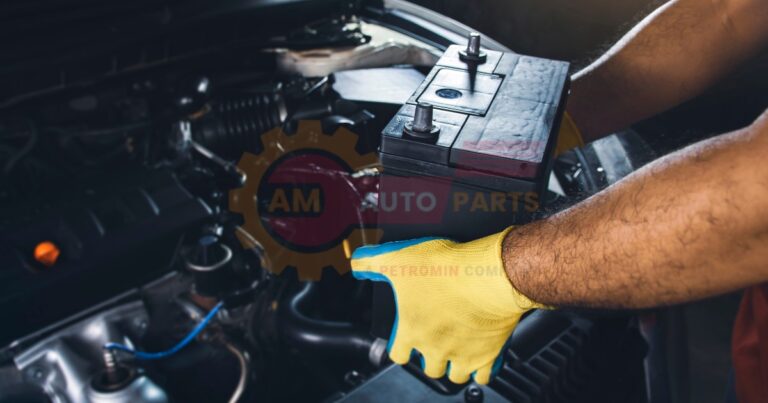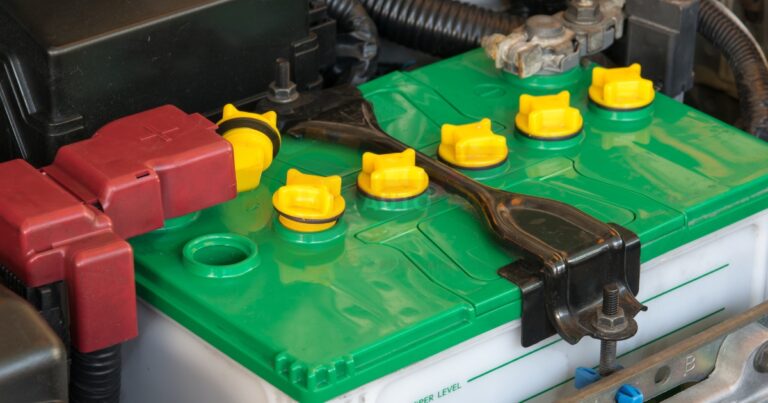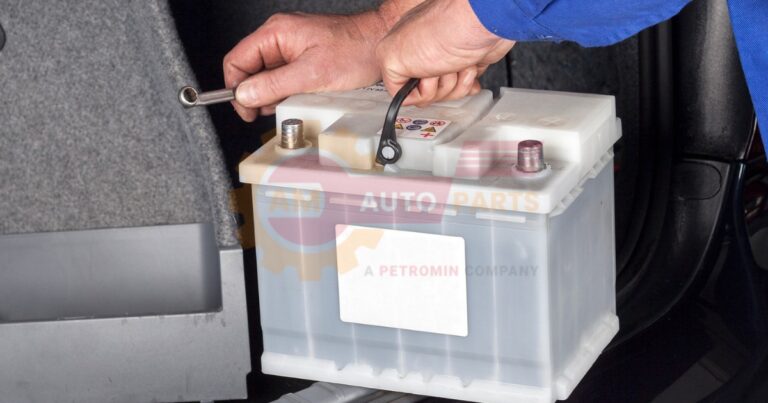Maintaining a car battery is crucial for ensuring your vehicle runs smoothly. A well-maintained battery can save you from unexpected breakdowns and costly repairs. However, many car owners face issues with battery drain, which can be frustrating and inconvenient. In this blog post, we will explore the common culprits behind battery drain and provide practical tips to keep your car battery in top condition.
What Drains Your Car Battery: Common Culprits
Headlights and Electrical Components
Headlights and other electrical components are among the most common causes of battery drain. Leaving your headlights on, even for a short period, can significantly deplete your battery’s charge. Similarly, interior lights, radio, and other electronic devices can also contribute to battery drain if left on when the engine is off.
- Headlights : Ensure they are turned off when the car is not in use.
- Interior Lights : Check that all interior lights are off before exiting the vehicle.
- Electronic Devices : Unplug chargers and other devices when not in use.
The Impact of Extreme Temperatures on Battery Life
Extreme temperatures, both hot and cold, can have a detrimental effect on your car battery. High temperatures can cause the battery fluid to evaporate, leading to internal damage. On the other hand, cold temperatures can slow down the chemical reactions inside the battery, reducing its ability to hold a charge.
- Hot Weather : Park in shaded areas or use a car cover to protect the battery.
- Cold Weather : Use a battery blanket or keep the car in a garage to maintain optimal temperature.
The Silent Battery Killer: Parasitic Draw
Understanding Parasitic Draw
Parasitic draw occurs when electrical components continue to draw power from the battery even when the car is turned off. This can be due to faulty wiring, malfunctioning components, or aftermarket accessories that are not properly installed.
- Faulty Wiring : Inspect and repair any damaged or frayed wires.
- Malfunctioning Components : Replace or repair components that are not functioning correctly.
- Aftermarket Accessories : Ensure they are installed correctly and do not draw power when the car is off.
How to Identify and Address Parasitic Draw
Identifying parasitic draw can be challenging, but it is essential for maintaining battery health. You can use a multimeter to measure the current draw from the battery when the car is off. If the draw is higher than the manufacturer’s specifications, you may have a parasitic draw issue.
- Use a Multimeter : Measure the current draw from the battery.
- Check Manufacturer Specifications : Compare the measured draw with the recommended levels.
- Address Issues : Repair or replace faulty components to reduce parasitic draw.
Battery Charging and Driving Habits
The Role of the Alternator in Charging Your Battery
The alternator plays a crucial role in charging your car battery while the engine is running. It converts mechanical energy into electrical energy, which is then used to recharge the battery. A malfunctioning alternator can lead to insufficient battery charging and eventual battery drain.
- Regular Inspections : Check the alternator for signs of wear and tear.
- Professional Maintenance : Have a mechanic inspect and service the alternator regularly.
How Short Drives Can Prevent Proper Battery Charging
Short drives can prevent your battery from fully charging, as the alternator needs time to replenish the battery’s charge. Frequent short trips can lead to a gradual decline in battery health and increase the risk of battery drain.
- Longer Drives : Aim for longer drives to allow the alternator to fully charge the battery.
- Avoid Frequent Short Trips : Combine errands to reduce the number of short trips.
Battery Connections: A Potential Weak Link
The Importance of Secure and Corrosion-Free Battery Connections
Secure and corrosion-free battery connections are vital for maintaining a healthy battery. Loose or corroded connections can lead to poor electrical contact, resulting in insufficient charging and increased battery drain.
- Regular Inspections : Check battery terminals for signs of corrosion or looseness.
- Clean Terminals : Use a wire brush to clean any corrosion from the terminals.
- Tighten Connections : Ensure all connections are secure and tight.
Tips for Maintaining Battery Connections
Maintaining battery connections is relatively simple but essential for preventing battery drain. Regularly inspect and clean the terminals, and apply a protective coating to prevent corrosion.
- Inspect Terminals : Look for signs of corrosion or damage.
- Clean with Baking Soda : Use a mixture of baking soda and water to clean the terminals.
- Apply Protective Coating : Use a terminal protector spray to prevent future corrosion.
The Age Factor: When to Replace Your Car Battery
Signs That Indicate an Aging Battery
An aging battery can be a significant cause of battery drain. As batteries age, their ability to hold a charge diminishes, leading to frequent battery drain issues. Common signs of an aging battery include slow engine cranking, dim headlights, and the need for frequent jump-starts.
- Slow Engine Cranking : The engine takes longer to start.
- Dim Headlights : Headlights appear dimmer than usual.
- Frequent Jump-Starts : The battery needs frequent jump-starts to function.
How Often Should You Replace Your Car Battery
The lifespan of a car battery typically ranges from three to five years. However, this can vary depending on driving habits, climate, and maintenance practices. Regularly testing your battery’s health can help determine when it is time for a replacement.
- Regular Testing : Test the battery’s health every six months.
- Consider Age : Replace the battery every three to five years.
- Monitor Performance : Pay attention to signs of declining performance.
Preventing Battery Drain: Best Practices
Strategies to Minimize Battery Drain
Preventing battery drain involves adopting several best practices. These include turning off all electrical components when the car is not in use, avoiding short trips, and regularly maintaining the battery and its connections.
- Turn Off Electrical Components : Ensure all lights and devices are off when the car is not in use.
- Avoid Short Trips : Combine errands to reduce the number of short trips.
- Regular Maintenance : Inspect and maintain the battery and its connections regularly.
The Importance of Regular Battery Maintenance
Regular battery maintenance is crucial for preventing battery drain and extending the battery’s lifespan. This includes cleaning the terminals, checking the fluid levels, and testing the battery’s health.
- Clean Terminals : Remove any corrosion from the battery terminals.
- Check Fluid Levels : Ensure the battery fluid is at the correct level.
- Test Battery Health : Use a battery tester to check the battery’s condition.
Additional Resources
- Tips for Jumpstarting a Car : Learn the correct procedure for jumpstarting a car to avoid damaging the battery.
- Understanding Your Car’s Electrical System : Gain insights into how your car’s electrical system works and how to maintain it.
- How to Maintain Your Car Battery’s Health : Discover practical tips for keeping your car battery in top condition.
By following these guidelines and regularly maintaining your car battery , you can prevent battery drain and ensure your vehicle runs smoothly. For professional battery maintenance and replacement services, contact AM Autoparts . Battery replacement threshold is the point when a device’s battery becomes too weak and needs to be changed It helps users know when it’s time to get a new battery for their gadget






